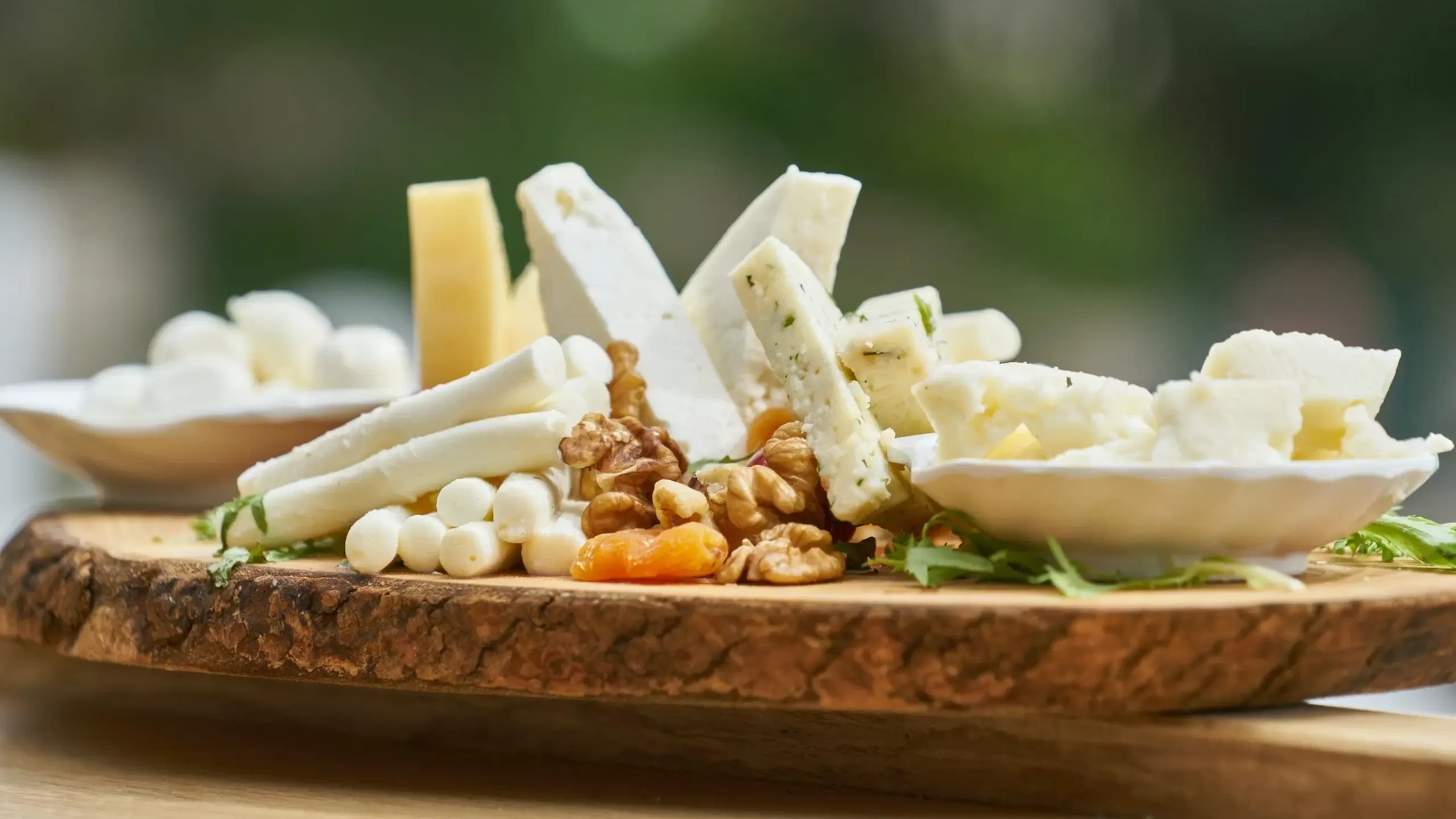Holey, smoky, matured, full-bodied, runny or squeaky under the tooth, cheese from our region has long been one of the darling products that everyone loves. With no fewer than 900 creations, the possibilities for aperitifs, raclettes, fondues and more are almost limitless! That said, there's still a lot to discover about them. So much, in fact, that we thought we'd bring you a wealth of practical and even amusing information to help you perfect your knowledge of the subject. Here's a summary of our explorations.
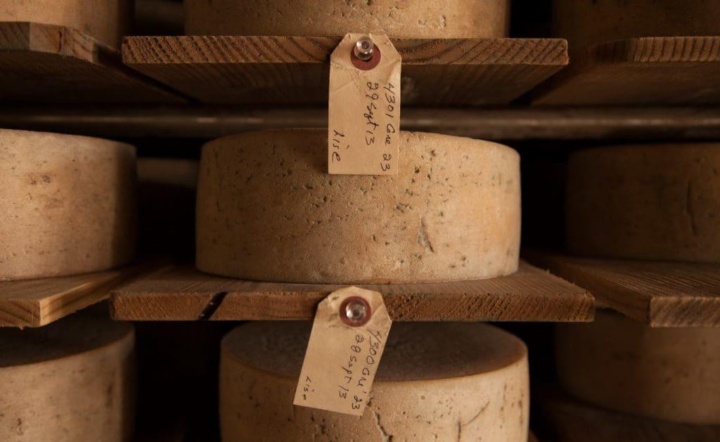
From New France to today, the story of Québec cheese
You won't be surprised to learn that the know-how of our producers goes back a long way. In fact, historian Catherine Ferland(1) recounts that the arrival of Samuel de Champlain and the first settlers in New France, in 1608, marked the beginning of the Québec cheese epic. With the arrival of the French Regime in the Québec region came a rich baggage of skills.
Around 1635, some people developed their land along the St. Lawrence valley, particularly on Île d'Orléans, a unique and immensely fertile territory which would become one of the main places of production. The pioneers developed simple cheeses, devoid of complex refining, of the flowery rind type, such as Le Paillasson de l'Isle d'Orléans, the first to be made in America. For the curious, its name refers to the mat of reeds on which it was placed to dry above the stove.
Otherwise, Le Raffiné de l’Isle, also known as Le Raffiné de Saint-Pierre, stands out from the crowd and is gaining popularity. So much so that the governor of New France was ready to send his cook by boat to obtain it(1). Since then, cheese production has been running at full speed and clearly, the expertise and inventiveness of our artisans have been deployed at great speed. In particular with the establishment of the English Regime which will establish the manufacture of an impressive variety of cheeses (thanks to new recipes, techniques, etc.), including the famous cheddar, mainly imported from the time of New France.
Speaking of imports, surprisingly, in 1820-1830, the majority of cheeses eaten in Québec came from the United States. However, the agricultural crisis that raged in Canada at the beginning of the 19th century reversed the situation by forcing farmers to reinvent themselves, by betting, among other things, on local production. This turnaround will finally make Québec an important exporter on the international scene, especially with cheddar in England. Companies such as Fromagerie Perron (1895) contributed to this. The same goes for the famous Oka cheese, made by the hand of the monks of Trappe d’Oka, having enjoyed instant success since its creation in 1893.
From this pivotal stage followed many others, just as significant, including the establishment of the Saint-Hyacinthe Dairy School (1893), the manufacturing of cheese by the monks of the Abbey of Saint-Benoît-du- Lac (1943), the arrival in Québec of the artisan cheese maker of Swiss origin Fritz Kaiser (1980s), etc(3).
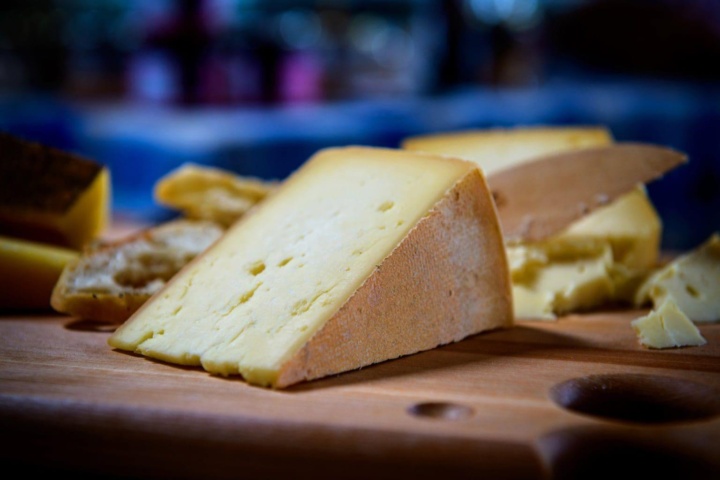
Cheeses 101: what you need to know
In Québec, more than 200,000 tonnes of cheese are produced annually and of this number, nearly 33,500 are dedicated to the creation of fine cheeses(2). Impressive figures which demonstrate (in part!) how versatile this resource is and how it is shaped according to its territory and what surrounds it. Cheese makers make magic!
Do you seem to have lost track in this abundance? Can't choose the cheese(s) that will satisfy your taste buds and those of your guests? To give you a helping hand, we have detailed the 5 main categories(3) of pasta.
- Soft pasta: which has a refined, slightly tangy taste, with a smooth, creamy and sometimes runny texture. Very versatile, mozzarellas, bries and camemberts, double or triple cream version, are good examples.
- Blue cheese: or the famous blue cheeses! Easy to recognize, this type of dough is generally smooth, dense and covered with a thin natural crust. Its bright, characterful flavors are said to make excellent sauces.
- Semi-firm doughs: we are talking about soft and smooth textures here. When this paste is refined, it has flavors of hazelnuts or even mushrooms. Raclette cheeses, pizza mozzarella or grilling cheeses are some of them.
- Firm cheeses: if you like cheddar, gouda, Swiss, brick, etc., you like firm cheeses! Generally without a rind, they are distinguished by their tender and elastic texture, easy to grate. Cheeses as good on a daily basis as during social evenings.
- Fresh pasta: creamy, delicate, light and delicate, this is what brilliantly describes fresh pasta. Always without a crust, they spread wonderfully or are cooked as a dip. Think ricotta, cottage, goat or cream cheeses, to name just a few.
Added to these ranges are so-called special fondue-style cheeses, raw milk, thermized milk, organic, curds, reduced fat, lactose-free, grilled and then spreadable. It is clear that there are as many cheeses as there are ways to cook or enjoy them. Keep in mind that pairings are super easy. Just let your creativity flow!
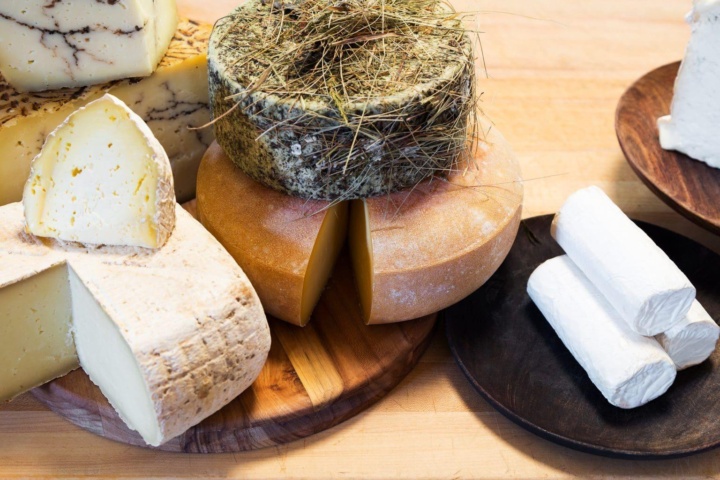
Facts that bite
The cheese experts' site, known as Les Fromages d'ici, has content so interesting that you can easily surf there for a loooong time! From America's first piece of cheese to cooking or tasting techniques, every possible angle is explored! Here are those who piqued our curiosity and who, through the band, could arouse yours.
- Could you guess the most consumed cheese in Québec and everywhere in the world? Unsurprisingly, we find at the top of the list… cheddar!
- What is the secret to a crispy and tender gratin at the same time? It is said that the best allies for a successful au gratin dish are cheeses based on rennet or microbial enzymes such as pizza mozzarella, Monterey Jack or gouda.
- Québecers are big consumers of fine cheeses, we are talking about 5 to 6 kg per person per year compared to 4 kg for the rest of Canada!
- Is the crust edible or not? If it is red, orange or glossy yellow, it is wax or paraffin in this case, synthetic and inedible. Otherwise, the majority of crusts, whether washed, ash or pressed, are safe to eat.
- Who hasn’t already cooked a cheese sauce that ultimately turned into lumps? The trick to obtaining a smooth sauce is to add an acidic element to the basic ingredients, lemon juice for example. Otherwise, starting your sauce with a roux (mixture of butter and flour) will make your task easier. High heat must be avoided at all costs, so lower the heat or remove the pan from the ring before gradually incorporating the cheese.
- Cheeses should always be tempered 45 minutes (on average) before cutting.
Cheese-themed activities
Why not take advantage of a regional getaway to visit your favorite producers!? In the four corners of the province, cheese factories open their doors and their fields, welcome you, chat, present their classics, their new products and as a bonus, offer you to taste them. Many even dare to organize out-of-the-ordinary events (like an outdoor raclette) where gourmet pleasures flow. Take a look at the directory to find out everything!
Finally, a controlled designation!
Long hoped for, the nomination of farm cheeses will finally be added to the already existing Québec reserved designations (IGP), namely Charlevoix Lamb (recognized in 2009), Ice Cider (2014), Ice Wine (2014). ), Corn from Neuville (2017) as well as Wine from Québec (2018).
The designation “Farmer cheese(4) which we will see appear in 2022 essentially aims to raise awareness and recognition of local cheeses. Failing that, it will allow consumers to identify them straight away and thus make better informed choices, especially when it comes to local purchasing.
The valuable term Farmer's Cheese offers a guarantee of authenticity and a visual identity that is easily identifiable by consumers looking for cheeses made with distinctive cheesemaking expertise that highlights the creative know-how of Québec agricultural producers and the vitality of regions. – The Council for reserved appellations and valuable terms
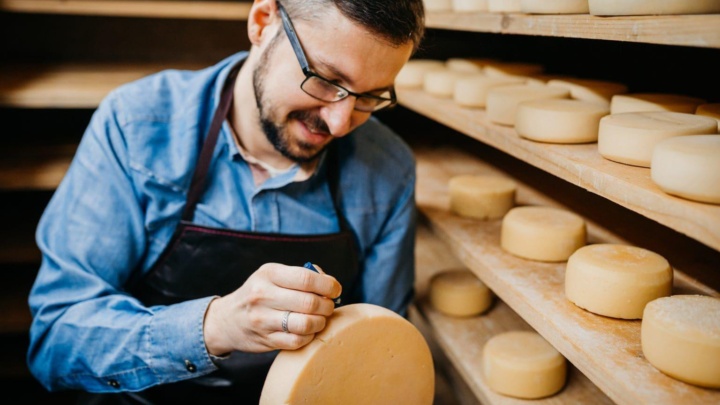
The farm cheese reminder
How to differentiate farmhouse cheese from artisanal? The main distinction between the two lies in the origin of its raw material, i.e. the origin of the milk. So the farmhouse cheese is made directly from the farm. The creation process is masterfully mastered by the cheesemaker who controls each step, down to the smallest detail.
On the other hand, the artisanal is sculpted by hand, using milk from one or more surrounding farms. Consequently, the cheesemaker must work in conjunction with nearby dairy producers to obtain superior quality raw material.
In the industry, this new distinction is considered a major gain in the recognition of the work of our artisans, without forgetting the validation of their talents. This is the perfect opportunity to savor this victory with a big splash of double cream, to honor the best cheeses in the world, those from our region!
Sources:
(1) Radio-Canada, Aujourd’hui l’histoire, L’histoire du fromage au Québec racontée par Catherine Ferland, 3 septembre 2021
(2) La Presse, Producteurs de lait du Québec, Fromages: le savoir d’ici en chiffres, 28 octobre 2019
(3) Les Fromages d’ici
(4) Radio-Canada, Ici Saguenay-Lac-Saint-Jean, Une appellation réservée pour les fromages fermiers, 4 mai 2021
(5) Les Fromages d’ici, On dit oui à l’arrivée des Fromages fermiers, 2021
